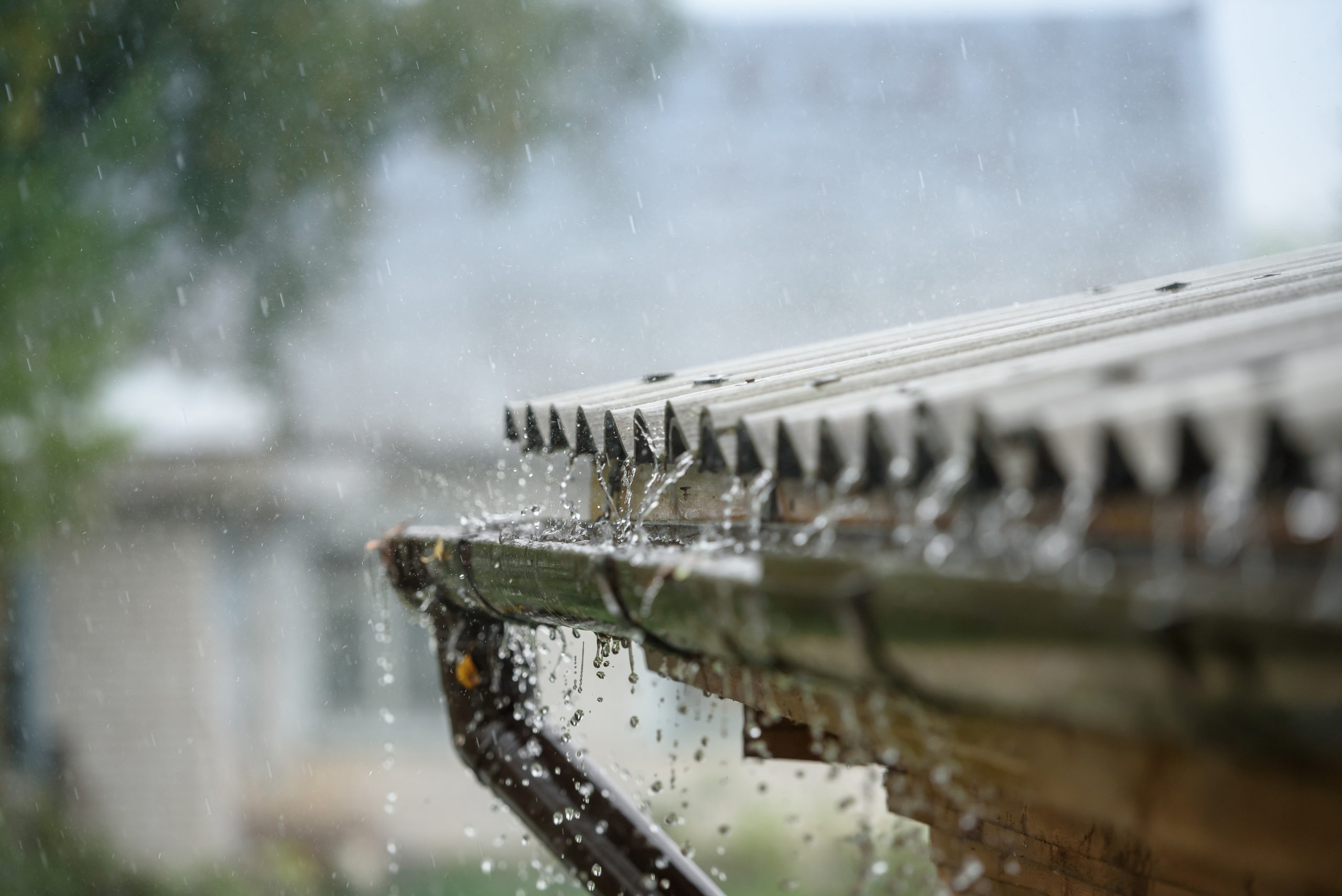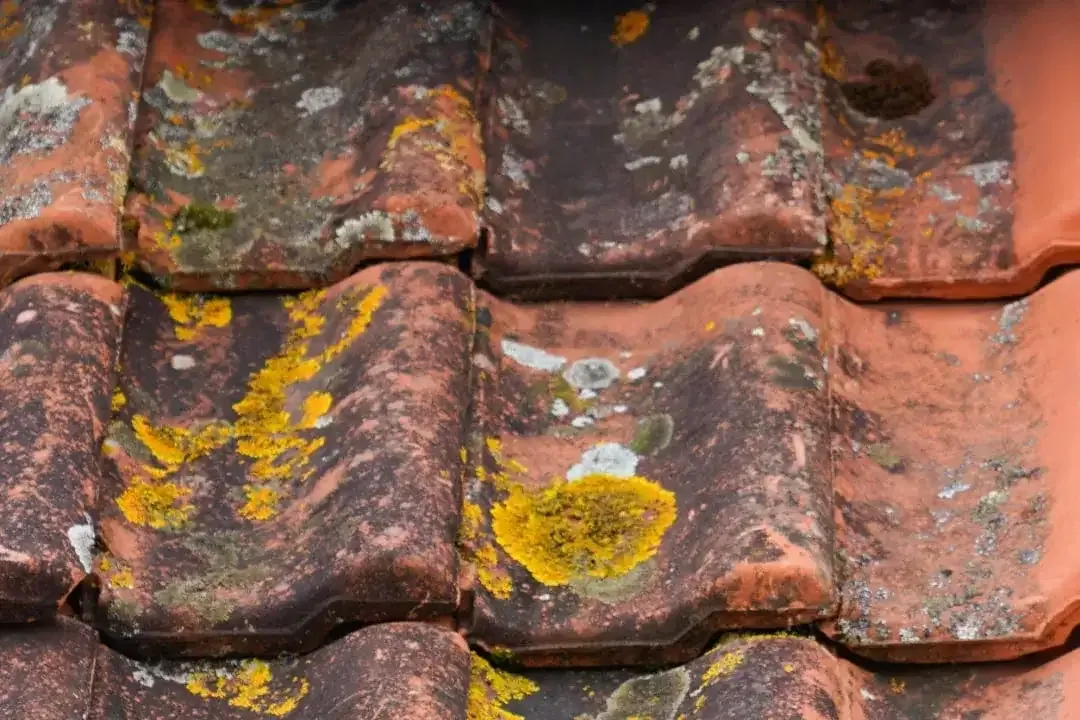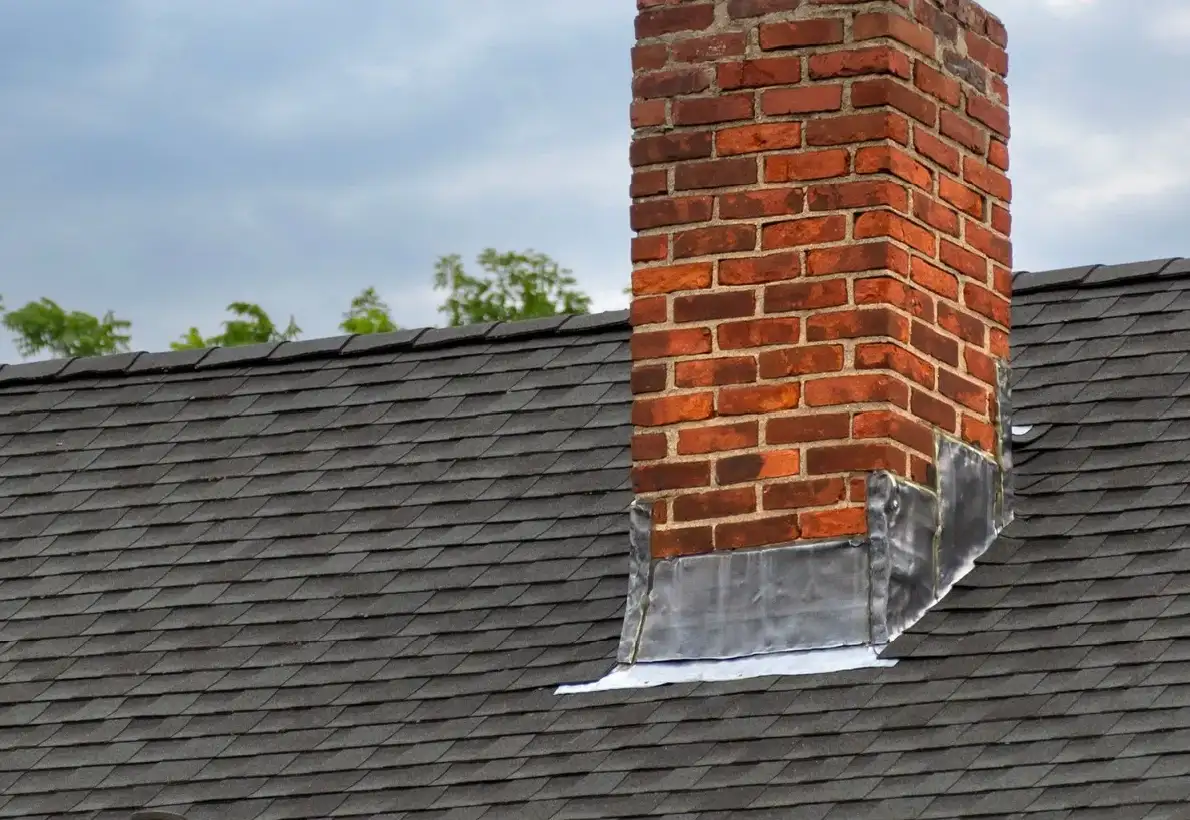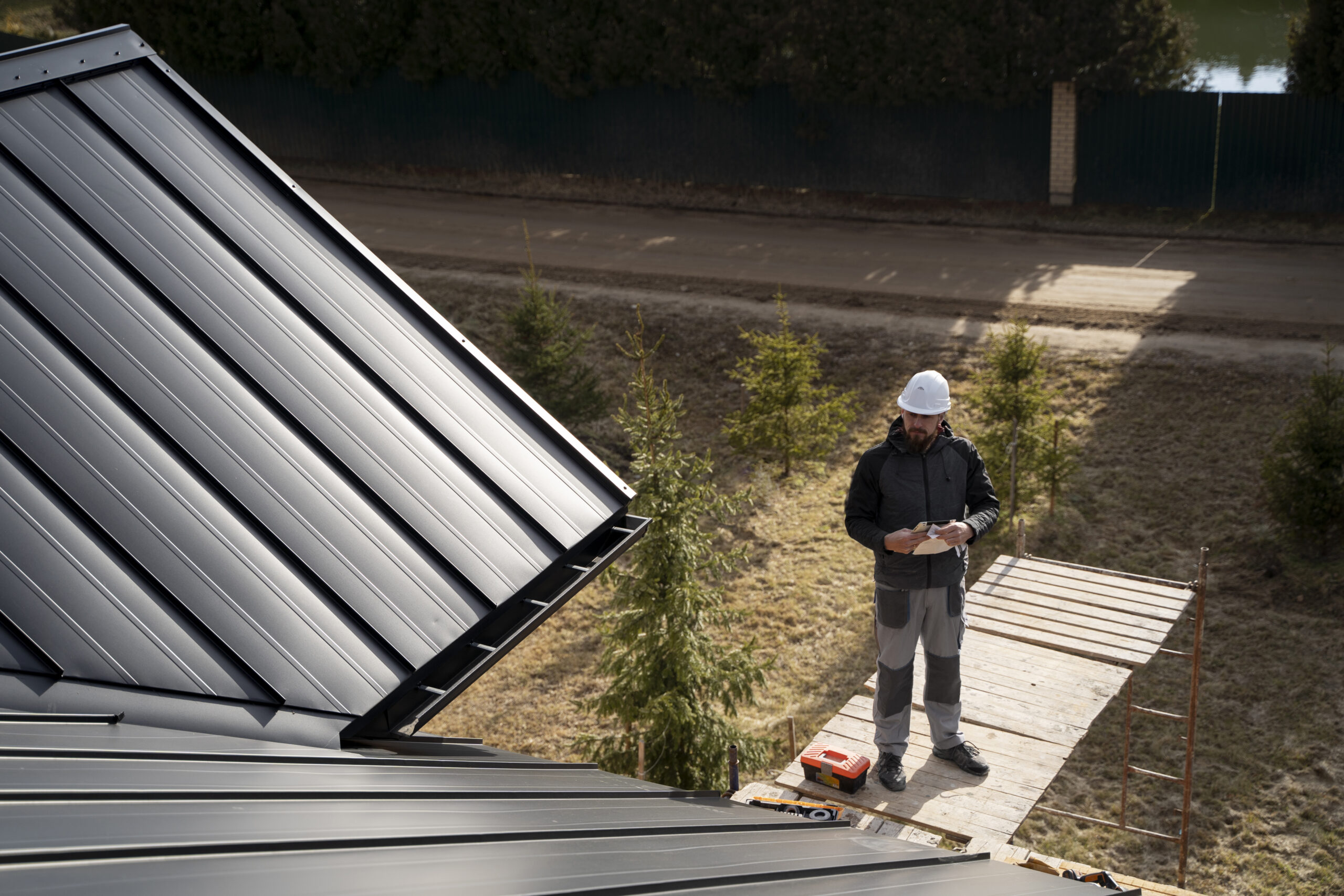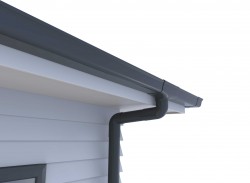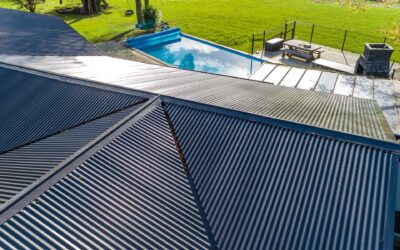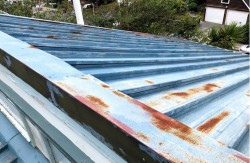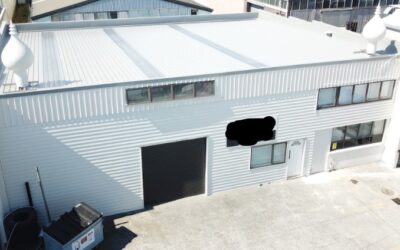Winter in Auckland can be wet, wild and unpredictable. Your roof is your home’s immune system – it keeps dampness, mould and the worst of the weather out. Heavy rain and gusty winds batter it day after day, so looking after it now will save you time and money later. Here’s how to give your roof some TLC this season.
Keep Gutters And Spouting Clean
Spouting collects rainwater from the edge of your roof and directs it safely to the ground. When gutters are blocked, water overflows down walls and windows, soaking into timber and cladding. In heavy storms that overflow can also damage your soil and concrete foundations. Cleaning and nurturing your spouting every six months is essential. Clear leaves and debris, flush downpipes and make sure the downspout carries water well away from your house. If your spouting looks tired or leaks, winter is the perfect time to replace it – a poor‑quality system is “as good as not having one”.
Inspect For Damage Before It Gets Worse
Think of your roof like an immune system. When it weakens, tiny cracks and leaks appear that let moisture in. Water spreads quickly through porous materials, leading to rotting, mould growth and unsightly watermarks on ceilings. Before the wettest months arrive, walk around your home and look up: check for curling shingles, broken tiles or rust patches on metal roofing. Inside your attic, look for signs of water damage or light shining through the roof boards. If you notice sagging in any section, get it looked at right away – a sagging roof can collapse.
Remove Moss, Lichen And Debris
Auckland’s moist climate encourages moss and lichen to thrive. While a green roof might look quaint, those plants trap moisture and can erode coatings over time. Sweep or wash away moss and fallen leaves, especially in roof valleys and behind chimneys. Clearing debris not only extends the life of your roofing materials but also makes problems like cracked tiles or rust spots easier to spot.
Trim Trees And Overhanging Branches
Winter storms often bring down branches, and overhanging limbs can scratch roofing materials or drop a steady stream of leaves into your gutters. Trim back trees to create a safe buffer zone around your roof. It reduces the chance of branches crashing down during a storm and limits the amount of organic debris collecting on your roof.
Check Flashing And Seals
Flashing – the metal and sealant around roof penetrations such as vents and skylights – keeps water out. Over time, flashing can corrode or lift, allowing water to seep in around nails or screws. Inspect flashing closely and reseal or replace any sections that look loose or rusted. Pay special attention to areas where different materials meet, such as around chimneys and at the junction between roof planes.
Stay Safe: Call In A Professional
Climbing onto a wet winter roof is risky. A professional roof inspection starts on the ground, then moves onto the roof and even into the space between your ceiling and the roof. Trained inspectors know what to look for and can spot small issues before they become expensive headaches. They’ll check for sagging, rust, deteriorated flashing and interior water damage, then provide a full report and repair recommendations so you can make informed decisions.
At Roof Auckland we work with quality materials and experienced tradespeople to keep your home protected. If you’d like help preparing your roof for winter, or you’re not sure where to start, get in touch – we’re happy to provide advice, inspect your roof or arrange repairs. Keeping on top of roof maintenance now will ensure your home stays warm, dry and mould‑free all winter long.
News
Roof Auckland Achieves Tōtika Prequalification
We’re proud to share that Roof Auckland has officially achieved Tōtika Prequalification. This...
Preparing Your Roof for a Brand New Year
When the calendar ticks over and we start a new year, lots of people take the opportunity to set...
Resource
Why Quality Spouting is Essential to Your Property
By law in New Zealand, all buildings must have some form of spouting implemented as part of their...
Expert’s Guide to COLORSTEEL® Roofing
We are dedicated to representing the best products in the roofing industry, and one of those...
Need Re-Roofing? Here’s How to Tell
The problem with deciding whether or not you’re going to get your leaking roof repaired is the...
Residential Projects
Project Showcase: Residential Home – Mt Albert
Product: COLORSTEEL® MaxamProfile: 0.55 Corrugate & 0.55 StylelineColour: Thunder...
Project Showcase: Residential Home – Central Auckland
Product: COLORSTEEL® EnduraProfile: 0.55 CorrugateColour: CloudThe ChallengeThis Central Auckland...
Central Auckland – .55 Corrugate Colorcote ZinaCore
Product: Colorcote ZinaCoreProfile: .55 CorrugateColour: Grey FriarsWe recently completed a...
Commercial Projects
Project Showcase: Countdown Re-roof – Birkenhead
Product: Colorcote MagnaflowProfile: DP955, BB900Colour: TitaniaAdditional System: TPO Recovery...
Project Showcase: Commercial Asbestos Removal Project, Eden Terrace, Auckland
Product: ColorCote ZinacoreProfile: 0.55 CorrugateColour: Sandstone GreyFlashing: Colorcote...
South Auckland – .55 Styleline
Profile: .55 StylelineColour: Sandstone GreyRoof Auckland was engaged by a client to replace the...
Stay Up to Date With The Latest News & Updates
Join Our Newsletter

